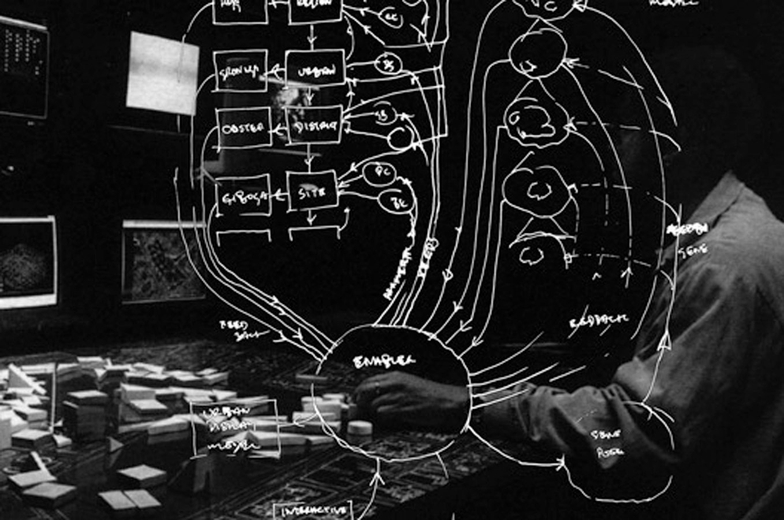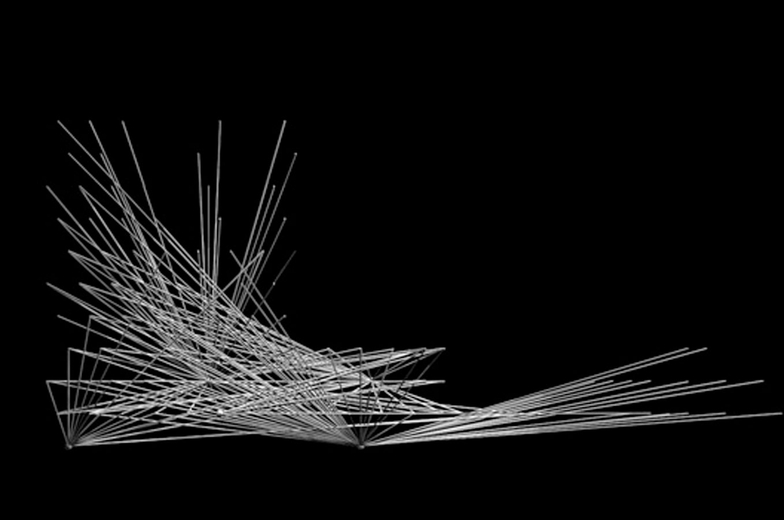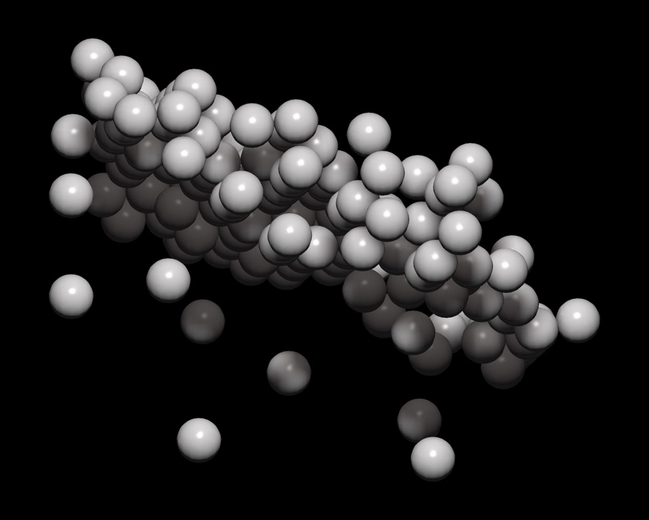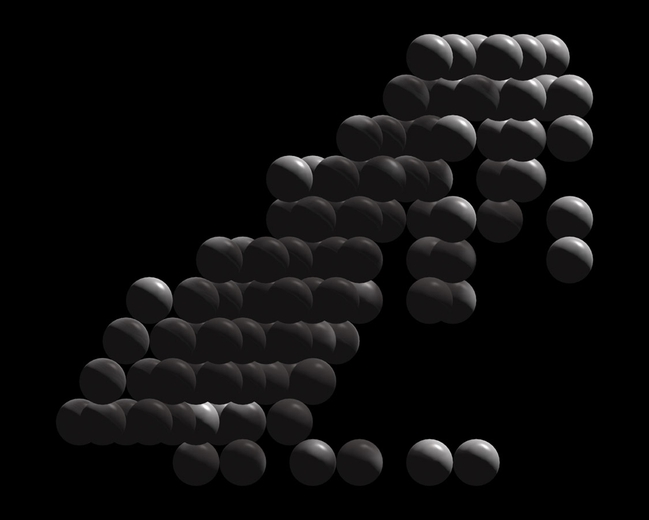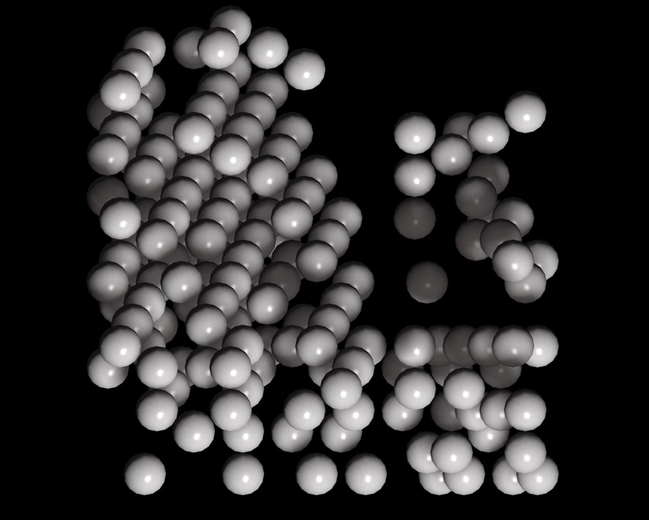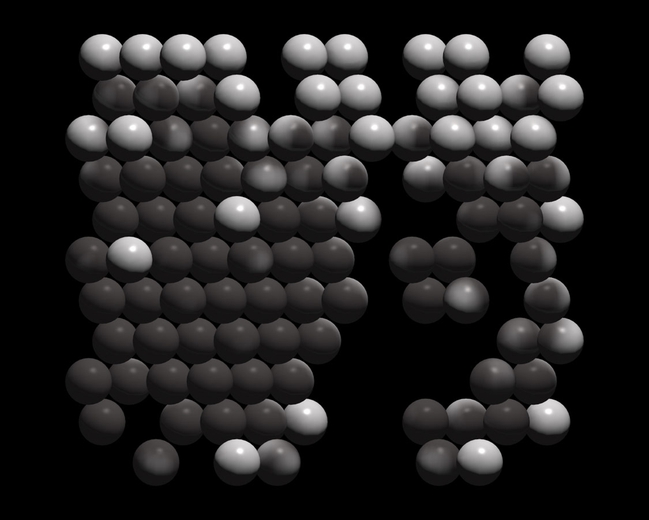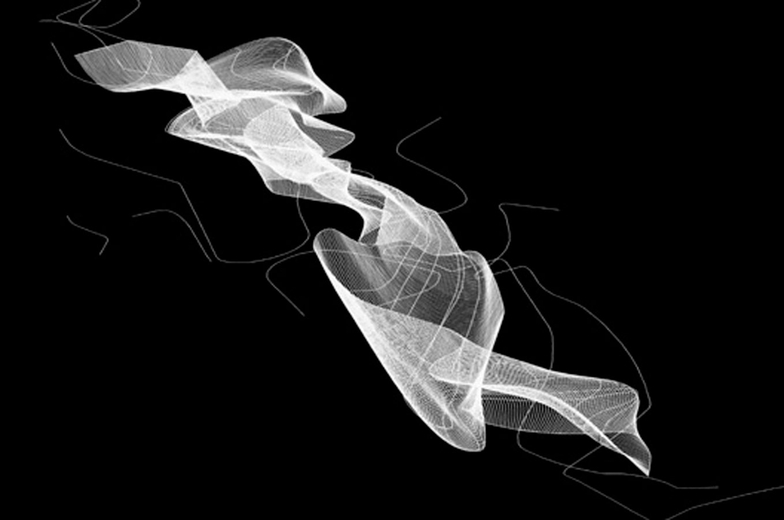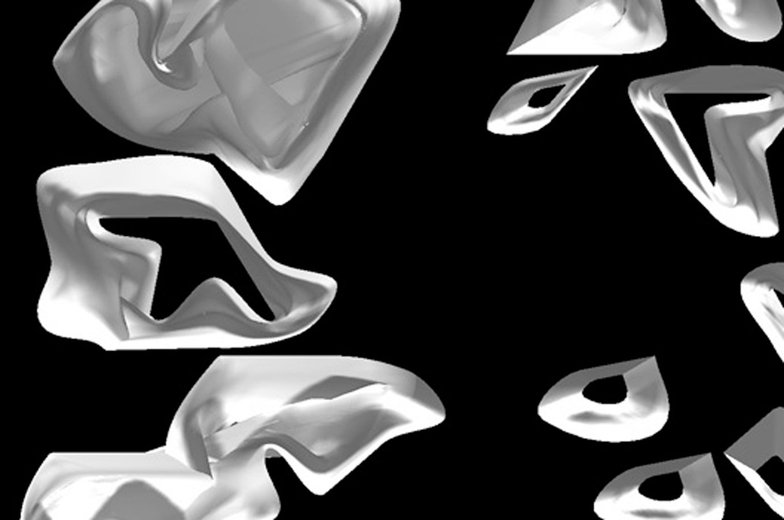The Groningen Experiment
A small working prototype of a predictive urban computer model. A collaboration between members of the Architectural Association Diploma Unit 11commissioned by The City Planning Department of Groningen, Holland.
Groningen, Holland
Sector: Research and Development
Project Status: Completed
In its first five years, John Frazer's Diploma Unit 11 at the Architectural Association in London, developed a theoretical framework of an alternative generative process, using computer models to compress evolutionary space and time. This led to a prototype that could be demonstrated interactively, and the launch on the Internet of an experimental evolutionary environment, which attracted global participation, and established a dematerialised model.
The new phase of the programme externalised this conceptual model into constructed form, focusing on urban-scale evolution and other historical and cultural examples of co-operative and ecologically integrated development. The approach has been to consider metabolic processes as a way of understanding both the formal development of urban symbiosis and the specific problem of materialisation.
The city planning department of Groningen, Holland, commissioned a small working prototype of a predictive urban computer model. The unit produced an evolving model which explains the transition from the past to the present, and projects future trajectories - a 'what if' model for generating, exploring and evaluation alternatives.
The model mediates in scale, space and time: in scale between the urban context and the fine grain of the housing typologies; in space between the existing urban fabric of Groningen and specific dwelling units; in time between the lifestyle within the medieval core and the desires of the citizens of the next century.
A particular characteristic of the prototype is that it combines generative techniques (cellular automata) and learning strategies (genetic algorithm), to produce a rule-based system which learns on the basis of feedback from the city's inhabitants.
Central to the model is the idea that the computer program inhabits an environment, enters it, reads, understands its developmental rules and history, grasps its topography, latitude, and climate, models its society and economy- and then starts to solicit suggestions and make proposals for possible futures.
The model becomes an inhabitant. It maintains a discourse with other human inhabitants and tries to understand and interpret their desires, aspirations, urges, expectations, and reactions to their existing environment and projected future environments. On the basis of this interaction, the virtual Inhabitor patiently modifies its criteria for evolutionary development and selection, endlessly repeating the process of refining and modelling prototypical futures. As it does so , it occasionally produces experimental genetic mutations or amplifies variety.
The Inhabitor can inhabit at any level: cell, room, house, district, city, region, continent, planet. It can inhabit past, present and possible future environments. The model has a 'collective consciousness' inferred from virtual inhabitants of past and present habitats, and from the interaction of citizens who provide feedback to inform and select criteria.
The core of the Inhabitor is the Evolver, an evolving genetic model in which the isospatial datastructure and genepool are controlled by genetic algorithms. The Evolver is a recursively self-similar program which employs the same strategies at each level of interaction. It provides starting configurations or seeds for genetic algorithms, which learn on the basis of feedback from specific sites. The criteria for genetic selection are determined by citizen interaction with the Enabler.
The Enabler has connections to an interactive map (input desire lines, etc.) and an active output model. This is the basis for dialogue between the virtual Inhabitor and real Inhabitants.
The Generators: A hierarchically self-similar datastructure models the environment at the regional, urban, district and site scales (part of a continuum of scales, from global down to cellular). The datastructure is strategically modular without being geometrically constrained to modularity. It can interact with other sites at the same level, or with other levels either top-down or bottom-up. Using specific data (GIS), these levels are mapped to specific situations and respond to exogenous influences. In the case of Groningen, economics, solar logic, and central place spatial structures are three of the thematic generating models evolved within the schema of the prototype, and demonstrate at the level of the local topography, the city form, the Oosterhamrick district and the Ciboga site. Generative modellers actively generate new possibilities from inputs from the Evolver. In turn, feedback from specific sites affects the selection processes in the Evolver.
The implementation of the theoretical model was achieved on a network of PC computers, each running a specific aspect of the model concurrently, and exchanging information in real-time. The final model can be described by the following components:
A. The Groningen Joint Model
The cumulative manifestation of the Groningen Experiment is a symbiotic model which consists of the core components of the project, these being the Inhabitor, the Evolver and the Enabler (see main description). The Joint Model's purpose is to tie together the forces through which the external models, known as Generators , inform the project. A continuous exchange of information between the Generators and the Joint Models creates a symbiosis in which the Generators deliver a constant supply of raw data to the Joint Model; this in turn gathers additional data through the Inhabitor and the Enabler, and then parses qualitative information my seeking successful urban development rules through the Evolver, and then returning this quality information to the Generators to serve as new seed data for their next iteration.
B. Thematic Generator Models
The collective Groningen Model is broken down into generative components which focus on particular factors of urban growth. The choice of which factors to model was driven by a combination of individual team members' interests and an understanding of the hierarchy of the impact on urban growth by the factors being considered. In the case of the Groningen Experiment, the factors modelled via the Generators included Economics, Solar Logic and Spatial Systems, among others. The strength of each Generator lies in its ability to filter relevant data from a complex system and to model it specifically according to relevant criteria, allowing concurrent focusing on several different issues. Together, these Generators would feed specific information regarding their field of inquiry to the Joint Model, and would be in turn fed compounded analysed data from the same model to drive them. Below are described three main Generator models used in the project:
1. Economics Model
2. Spatial Systems Model
3. Solar Logic Model see + Data Structure Research
